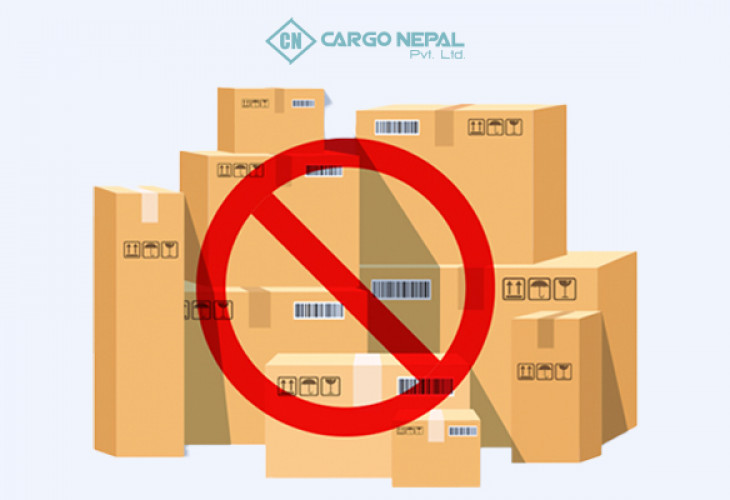- Home
- Blogs
- About
- Services
- Group Companies
- Contact Us
- सुचना *
-
Call Us On:
+977 1 5320150, 5320160 -
Send us a Mail:
info@cargonepal.com.np -

GENERAL INFORMATION ABOUT NEPAL
Nepal is a country in South Asia that shares borders with China to the north, India to the east, and Pakistan to the south. With a mean width of 193 kilometers, the nation has a roughly rectangular shape and a total land area of 147,181 square kilometers. It stretches 885 kilometers from east to west and between 145 and 241 kilometers from north to south.
The mountainous region, the hilly region, and the flat plains, known as the Terai, are the three distinct topographical divisions of the nation from north to south. The Himalayas, the highest mountain chain in the world, are located in the mountainous region, which is situated at an altitude of 4,877 to 8,848 meters above sea level (masl).
Nine of the world's highest peaks, including Mount Everest, are found in the Nepal Himalayas. The country's central hilly region is located at an altitude between 610 and 4,877 masl. This area includes the Kathmandu Valley, which is home to the nation's capital city of Kathmandu, as well as numerous other beautiful valleys, basins, and pockets. Along the southern border, a low flatland known as the Terai, an extension of the Gangetic plains of India, is present. It includes the majority of the nation's forested areas, fertile land, and vast river basins.
INTERNATIONAL RELATION
According to the constitution, "the principles of the United Nations Charter, nonalignment, Panchasheel (five principles of peaceful coexistence), international law, and the value of world peace" serve as the foundation for Nepal's foreign policy. By preserving the nation's sovereignty, integrity, and independence, the primary goal of foreign policy is to raise Nepal's standing in the international community. Prior to 1951, Nepal's international relations were confined to four nations: India, the United Kingdom, the United States, and France.
Following ratification of the United Nations in 1955, the expansion of diplomatic ties with different nations of the world significantly increased, reaching 118 nations by the end of 2010. Nepal's foreign relations are becoming more effective and widespread thanks to membership and active participation in regional and international forums and organizations like SAARC, BIMSTEC, WTO, World Bank, Asian Development Bank, and UN Agencies.
The entity must first determine whether exporting the goods is permitted because there are a number of goods that are prohibited by Nepali law.
Includes a list of products that are either restricted or cannot be exported to the nation.
Imports of the following goods are not permitted:
1. Articles of Archaeological and Religious importance
2. Wildlife preservation and Related Articles
3. Drugs
4. Industrially Important Items
5. Arms, ammunition, and explosives include: a) components used in the manufacture of arms and ammunition; b) firearms and ammunition; c) caps other than paper-based ones; and d) arms, ammunition, and other explosives (except under government import license).
6. Wireless walkie-talkies and other similar audio communication devices are used for communication (except under import license of the Government of Nepal).
7. Metals of great value and jewelry (except permitted under bag and baggage regulations).
8. Beef and beef-related goods (five-star hotels are allowed to import beef with a special license issued by the Department of Commerce).
9. Other products